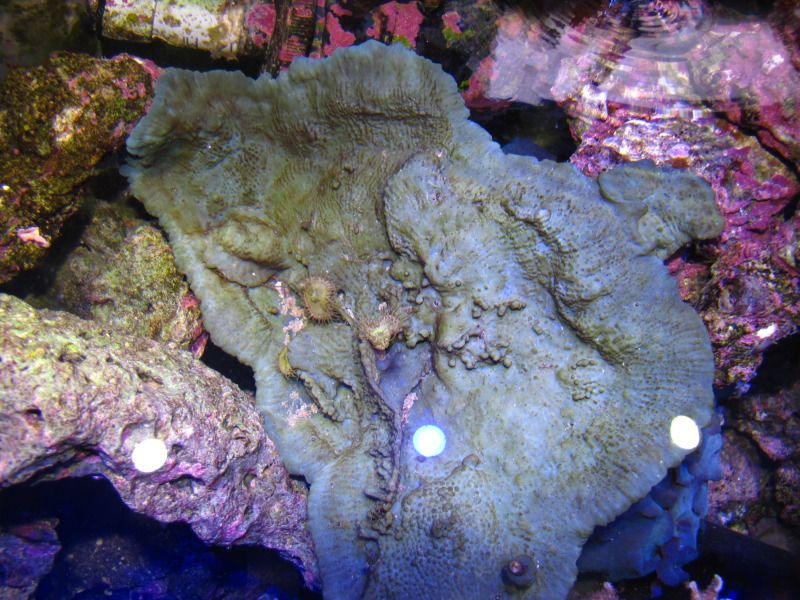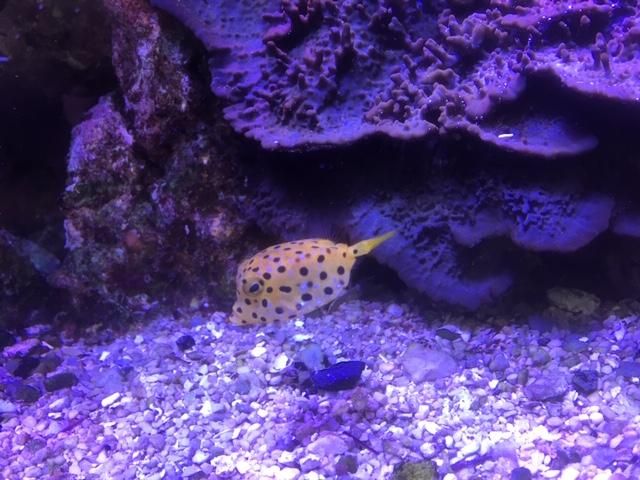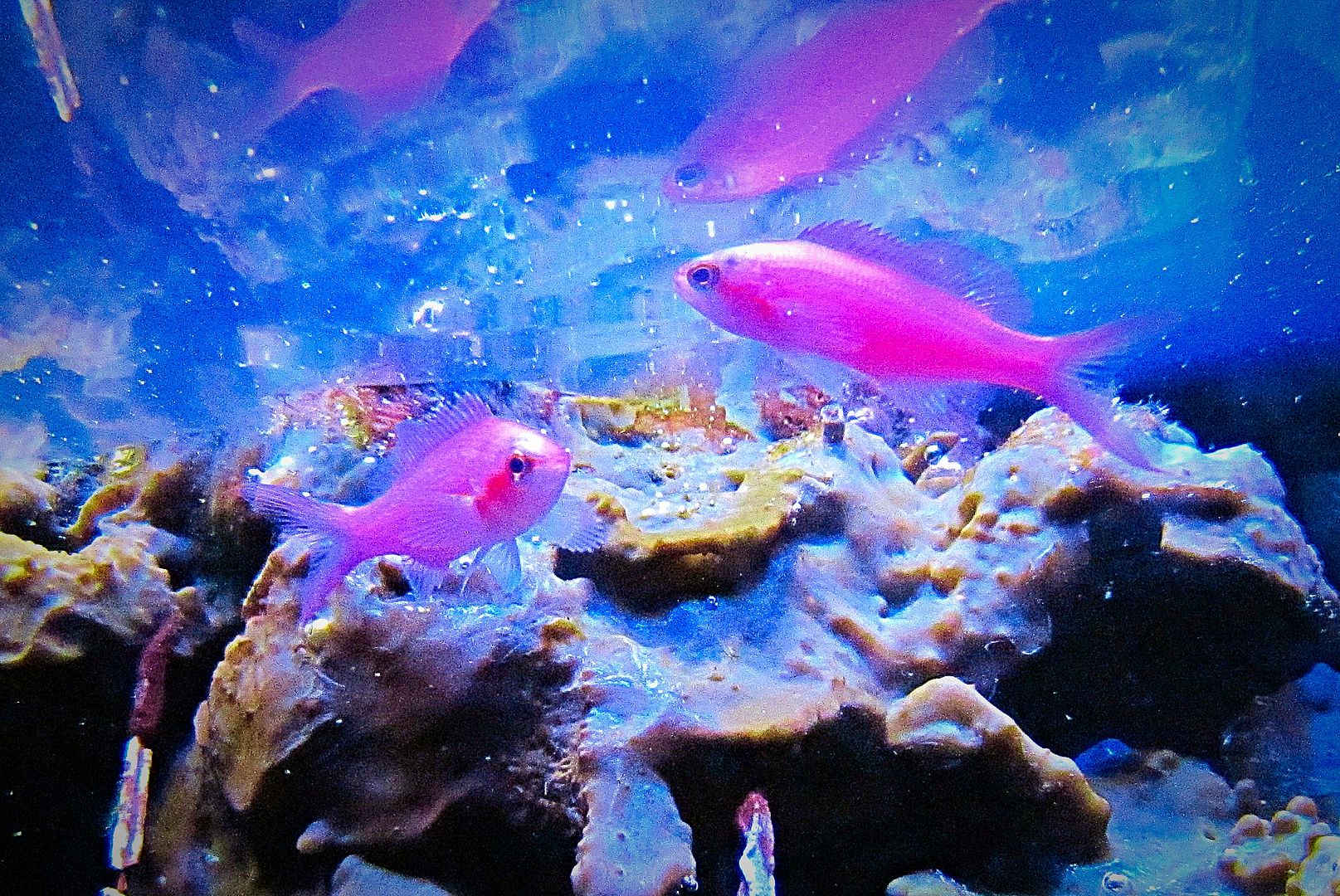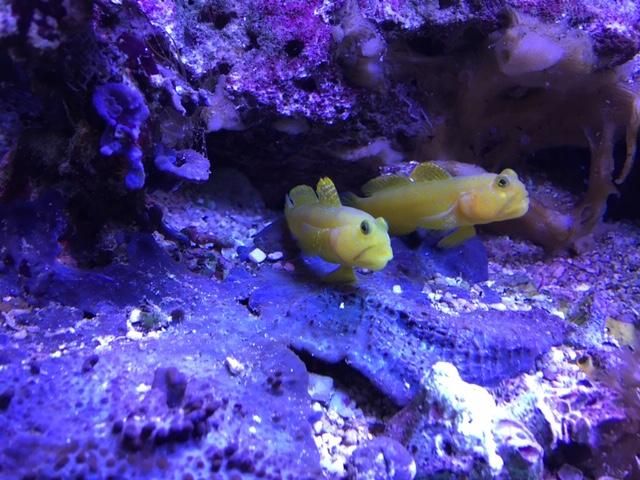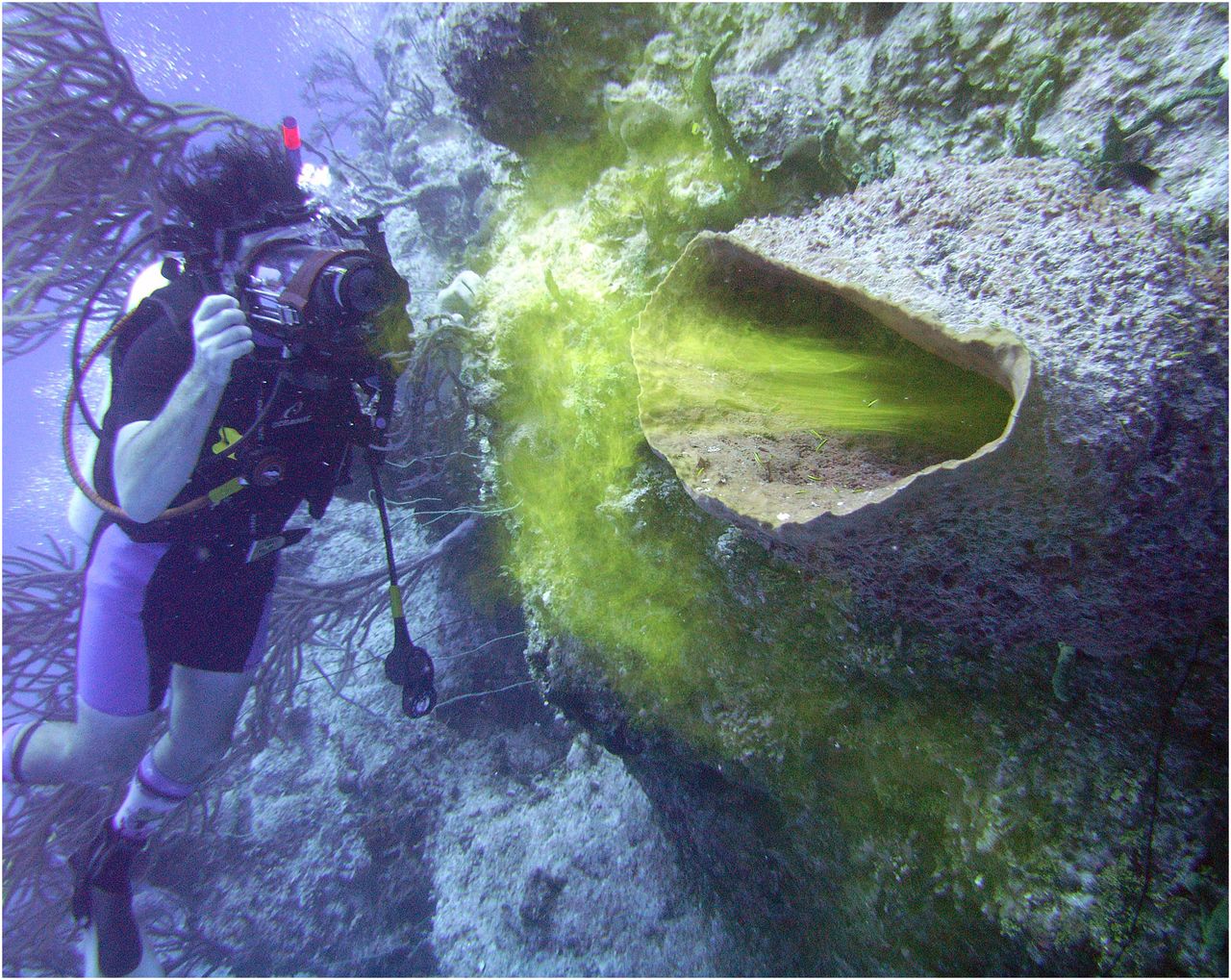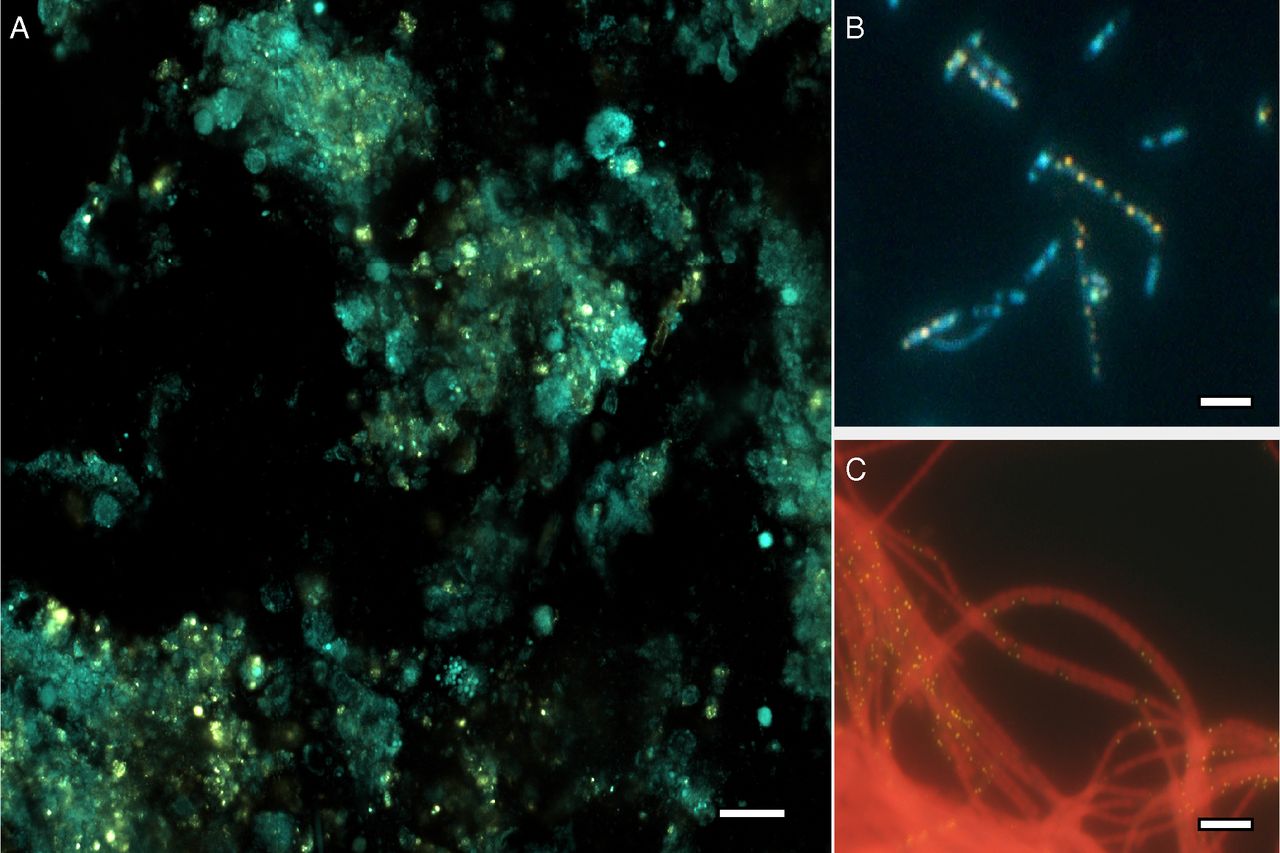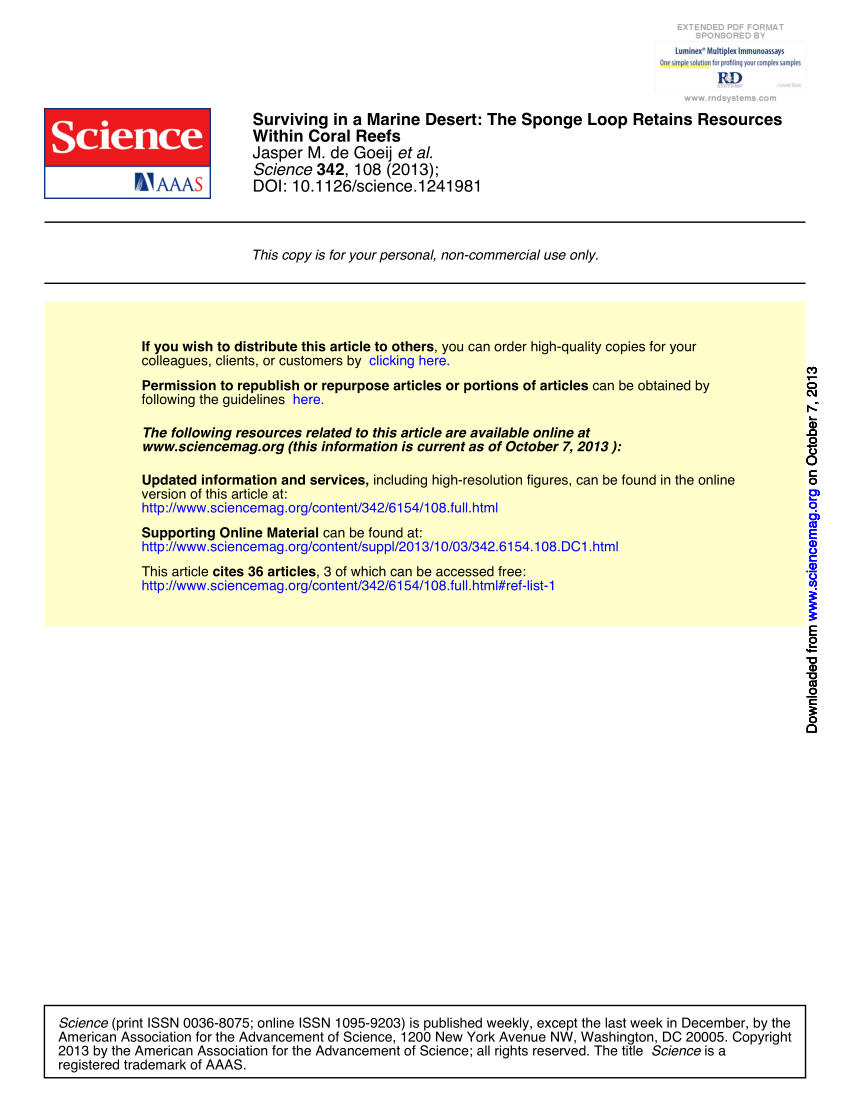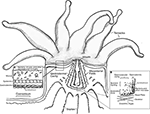@PaulB
Those pictures make you the Sponge King. Myself, I prefer sponge cake.
Did you collect those or did they grow out in time from your rock?
Those pictures make you the Sponge King. Myself, I prefer sponge cake.
Did you collect those or did they grow out in time from your rock?
This is great. The most life in my tank by far is sponges and they cover all available real estate. A little to agressive but they are great for the water conditions and heath in general.
The blue stuff above this box fish is sponge.
The stuff under these anthius are sponge.
These Watchmans are sitting on sponge.
All sponge.
